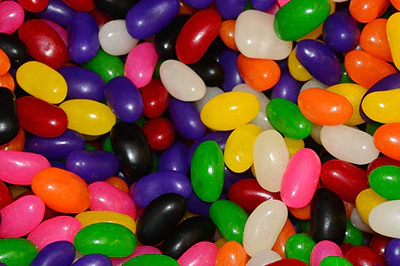| Additive Summary | Green S (E142) |
|---|---|
| Essence | Green S or E142 is a coal-tar-derived, synthetic, triarylmethane color responsible for various shades of green. Being a triarylmethane color, it’s similar to Brilliant Blue FCF (E133) and Patent Blue V (E131). |
| Names | FD&C Green 4, Green S, E142, Acid Brilliant Green, Food Green S, Food Green 4, Lissamine Green, Wool Green S, Acid Green 50, Lissamine Green B, CAS No. 3087-16-9, INS No. 142, CI Food Green 4, and others. |
| Sourcing | It’s fully synthetically made from coal tar. |
| Manufacturing | Unknown. |
| Application | Coloring (green, water-soluble, unstable in alkaline solutions and acids. |
| Acceptable Daily Intake | It’s recommended in amounts up to 5 milligrams a day on every kilogram of body weight. However, the reality is that we shouldn’t ever consume it. |
| Side Effects | It offers every side effect that other typical artificial colors do. It can induce cancer, hyperactivity, brain damage (neurotoxin), infertility, irritability, Obsessive-Compulsive disorder, and more. It can also cause violent allergic reactions and anemia. This dye has been banned in Norway, Finland, Sweden, Japan, the USA, and Canada. |
| Benefits | None. |
| Studies | 240+ studies on Pubmed. 25+ studies on safety. |
| Allergens | None. |
| Diet Restrictions | None. |
| Assessment (As An Additive) |
Seriously Harmful. | Category 5 Additive. |
| Products | It is commonly used in processed foods like canned peas, cake and other sorts of dry mixes, food decorations, ice cream, jellies, sauces, pastries, processed fruit products, snacks, sweets, candy, desserts, seasonings, soft drinks, all kinds of dairy products, and others. |



